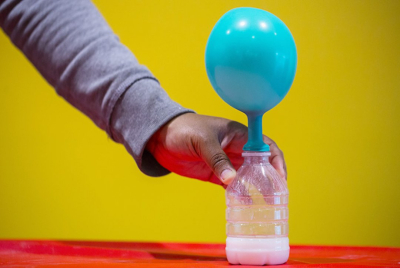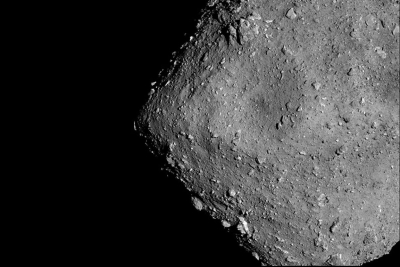When does a paper set on fire doesn't burn to ash? Let’s find out by an experiment!

What you need:
A lighter or a matchbox, a piece of plain paper, water, rubbing alcohol (70% strength), a glass, a measuring cup, a pair of tongs, adult supervision.
What to do:
In the glass, mix 30 ml of water and 90 ml of rubbing alcohol. Stir the mixture well.
Using the tongs, dip the paper into the mixture. Soak it completely.
Lift the paper out of the liquid and shake off any extra droplets. Stow the glass with the mixture away from your experiment table.
Now, using the lighter or a matchstick, set the bottom part of the paper on fire while still holding it with the tongs.
What happens:
If all goes well, the paper should catch fire but it doesn't bum to ash. In fact, the flame goes out, leaving your paper intact.
Why?
The key is water. If you had dipped the paper into a pure alcohol solution, the paper would have burnt to a crisp.
But when you ignite the paper that is soaked in a water-alcohol mixture, the water absorbs most of the heat generated by the flame and starts to evaporate. This absorption and evaporation of water does not allow the temperature to rise to the point where the paper starts to burn. Needless to say that if the ratio of the alcohol and water is altered, the paper will burn!
Picture Credit : Google


